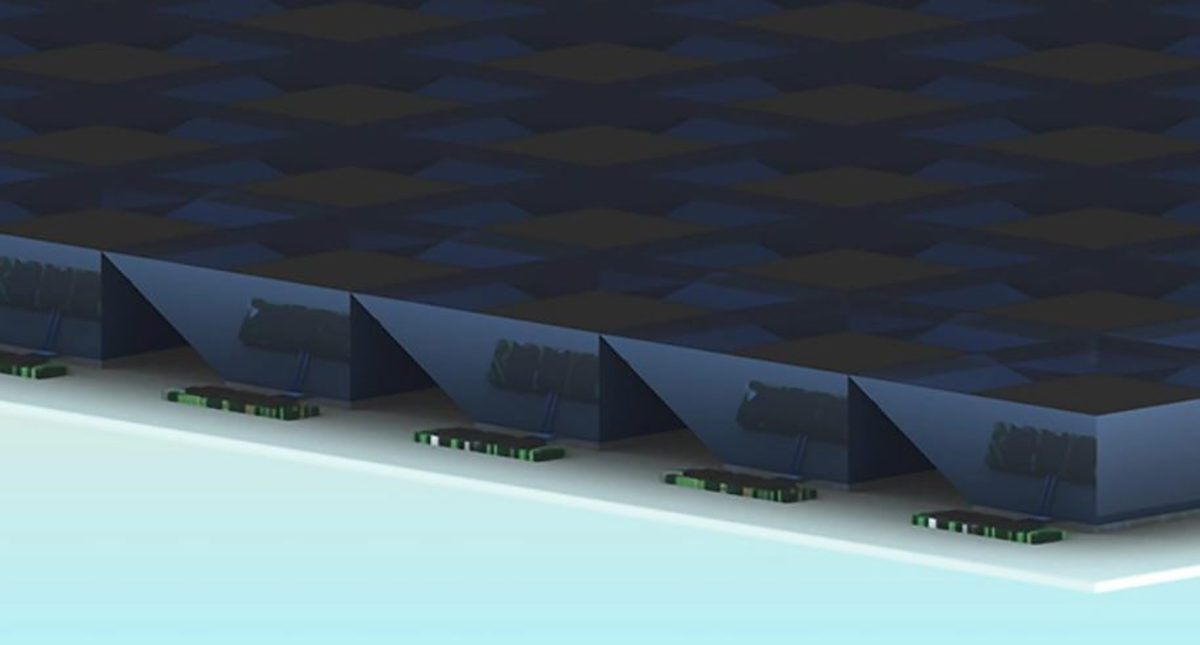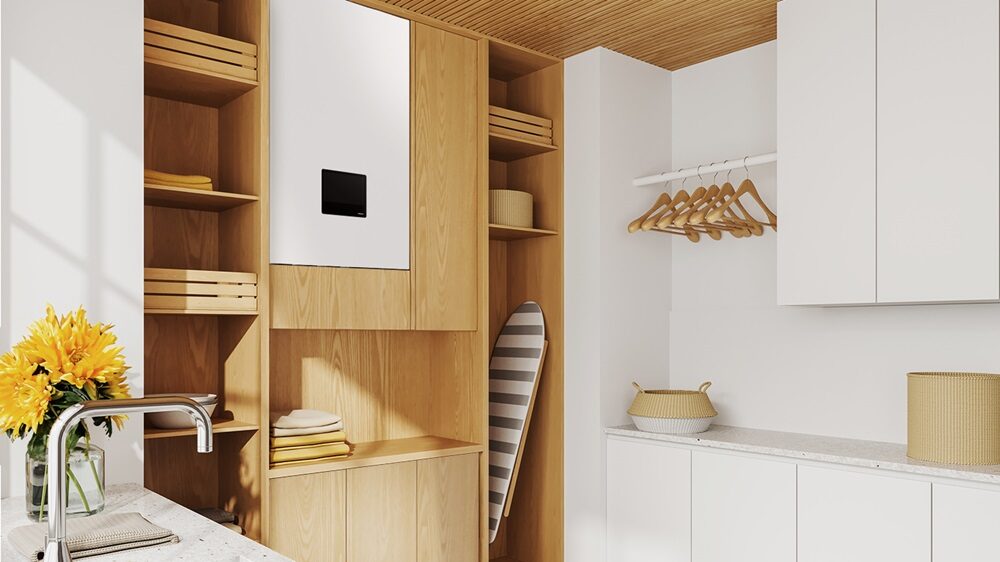Researchers at Stanford University have created a glass pyramid optical concentrator that concentrates light on solar cells, regardless of the light incidence angle.
“It’s a completely passive system – it doesn’t need energy to track the source or have any moving parts,” said research coordinator Nina Vaidya. “Without optical focus that moves positions or need for tracking systems, concentrating light becomes much simpler.”
The AGILE (Axially Graded Index LEns) device purportedly harvests more than 90% of the light that hits its surface. It also creates spots at the output that are three times brighter than the incoming light.
“Installed in a layer on top of solar cells, they could make solar arrays more efficient and capture not only direct sunlight, but also diffuse light that has been scattered by the Earth’s atmosphere, weather, and seasons,” the scientists explained, noting that the solar cell could be built with fewer raw materials and at lower costs.
They said a top layer of the concentrator could be used to replace existing encapsulation materials. That would in turn create space for cooling and circuitry to run between the narrowing pyramids of the individual devices. The pyramid was made of different optical glass flats provided by Japan's Ohara Corp.
“The geometry of the pyramid was a square of side 14.5 mm down to a square of 8.5 mm giving a concentration of three, along a total height of 8 mm with 8 glass layers, with each flat 1 mm thick,” the academics said.
They layered the glass together with polymers that bend light to different degrees. “The layers change the light’s direction in steps instead of a smooth curve,” they said. “The sides of the prototypes are mirrored, so any light going in the wrong direction is bounced back towards the output.”
The prototype can improve optical concentration by a factor of three and achieve a 90% efficiency in capturing light, they claimed in “Immersion graded index optics: theory, design, and prototypes, which was recently published in Microsystems and Nanoengineering.
“Results of the functional prototypes demonstrate that immersion graded index technology can improve the way we concentrate and couple light many fold,” the scientists said. “The AGILE has the potential to greatly improve opto-electronic systems by reducing cost, increasing efficiency, providing a scalable concentration system with built-in anti-reflection and encapsulation without the need for tracking.”
This content is protected by copyright and may not be reused. If you want to cooperate with us and would like to reuse some of our content, please contact: editors@pv-magazine.com.




Hi there,
Good technology used to capture more lights for efficiency of the solar system.
Even convex Lens are also one of the options on the top layer of solar cells.